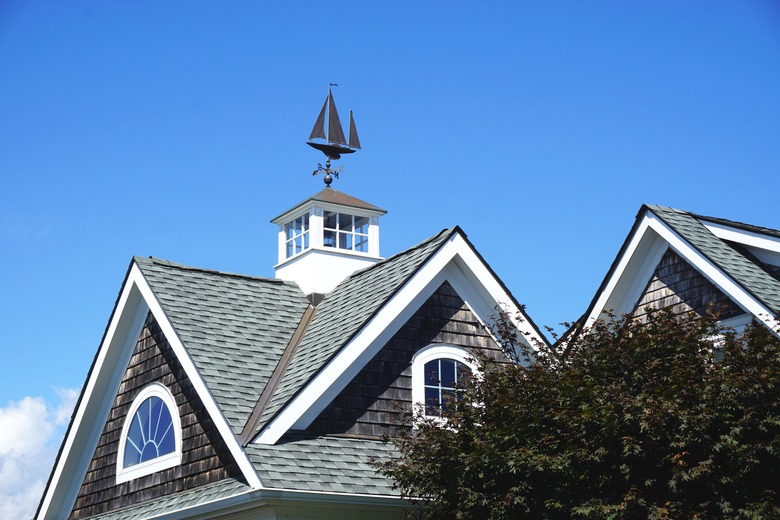How Does A Weathervane Work?
You may have seen a weathervane atop a house or barn, but have you wondered how they work? Weathervanes are more than a decoration; they help meteorologists predict the weather by providing insight on the wind's direction and strength. And their usefulness doesn't stop there. Sailors, pilots, and construction workers use them too.
What Is a Weathervane?
A weathervane, also known as a wind vane, is a simple yet essential device that shows the direction the wind is blowing. Weathervanes are usually placed atop the tallest building in an area, like a church, barn, or house, which helps get an accurate read on the wind without being blocked by other tall structures. If placing one on the house, it's best to have it at least 30 feet off the ground to get an accurate read on the wind.
Meteorologists use weathervanes to help predict the weather and potential storm systems coming through an area. Aside from future weather predictions, wind direction is vital in helping to predict and curtail the spread of wildfires or in helping sailors to navigate the ocean currents.
History of the Weathervane
The ancient Greeks and Romans both used weathervanes as early as the first century B.C. George Washington was also known to enjoy taking notes about the wind he observed using a weathervane placed on Mount Vernon.
Roosters became a popular adornment to many weathervanes starting in the ninth century due to a decree from the pope. They continued their popularity throughout the years because the rooster's tail was the perfect shape to catch the wind.
During Colonial times, weathervanes became popular additions to churches and town halls. This was also when people started becoming more creative with their weathervanes, stepping away from the traditional rooster design. Weathervanes could be found in the shape of boats, fish, horses, and sheep. Today, while the rooster is still a traditional symbol on weathervanes, they can be found in all shapes, sizes, and designs.
How Does a Weathervane Work?
While weathervanes come in various designs these days, they all include two vital components that make them work: the tail and the arrow. The tail is the wider end that catches the wind, and on the opposite side is the arrow, which is narrower and points in the direction from which the wind is coming. For example, if the arrow is pointing to the west and the tail is pointing to the east, the wind is coming from the west and moving to the east. When using a weathervane, it's best to have a compass on hand for accurate readings.
